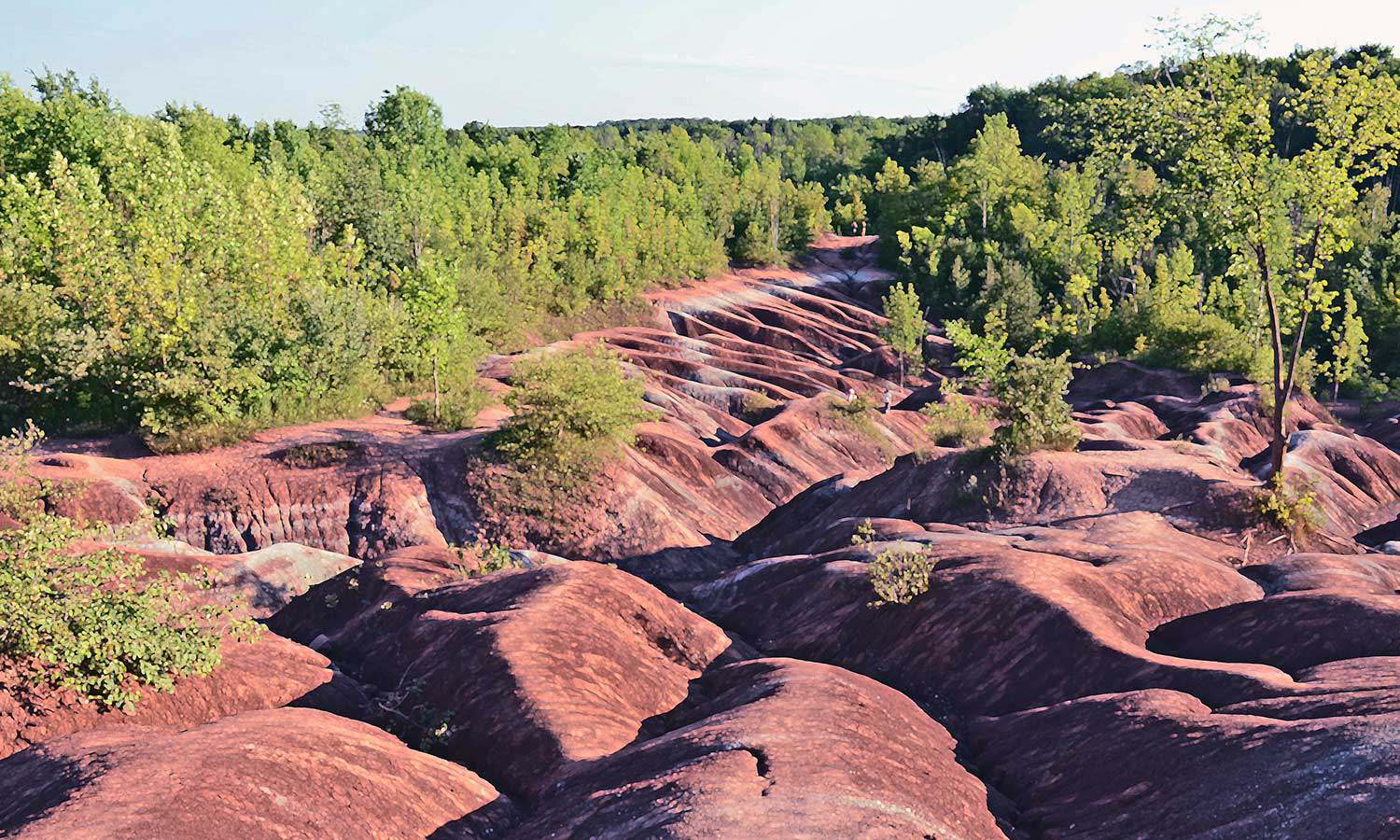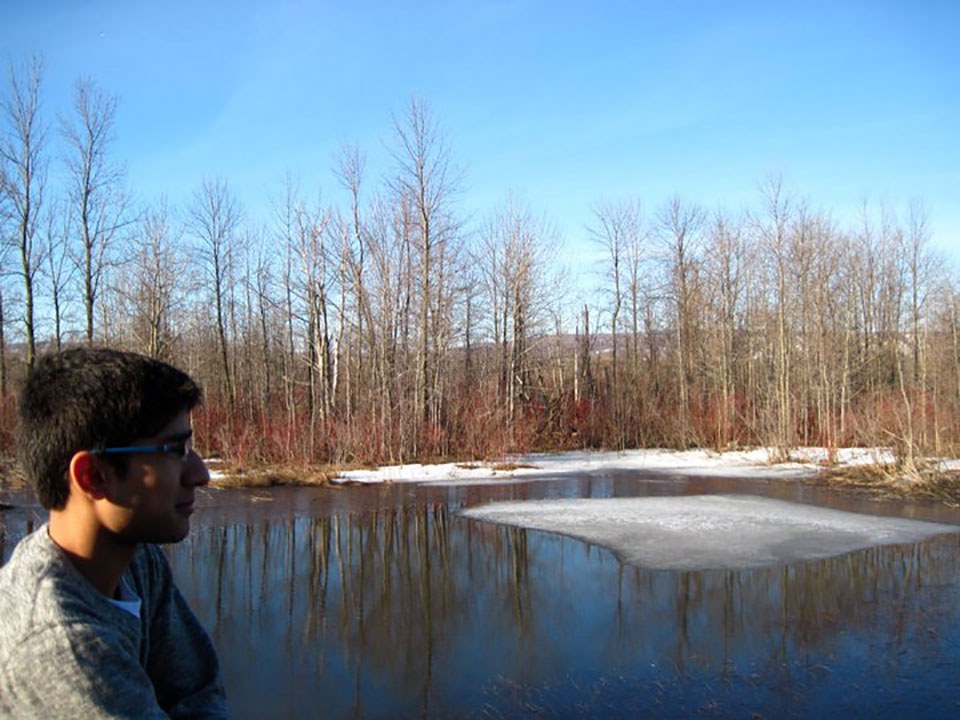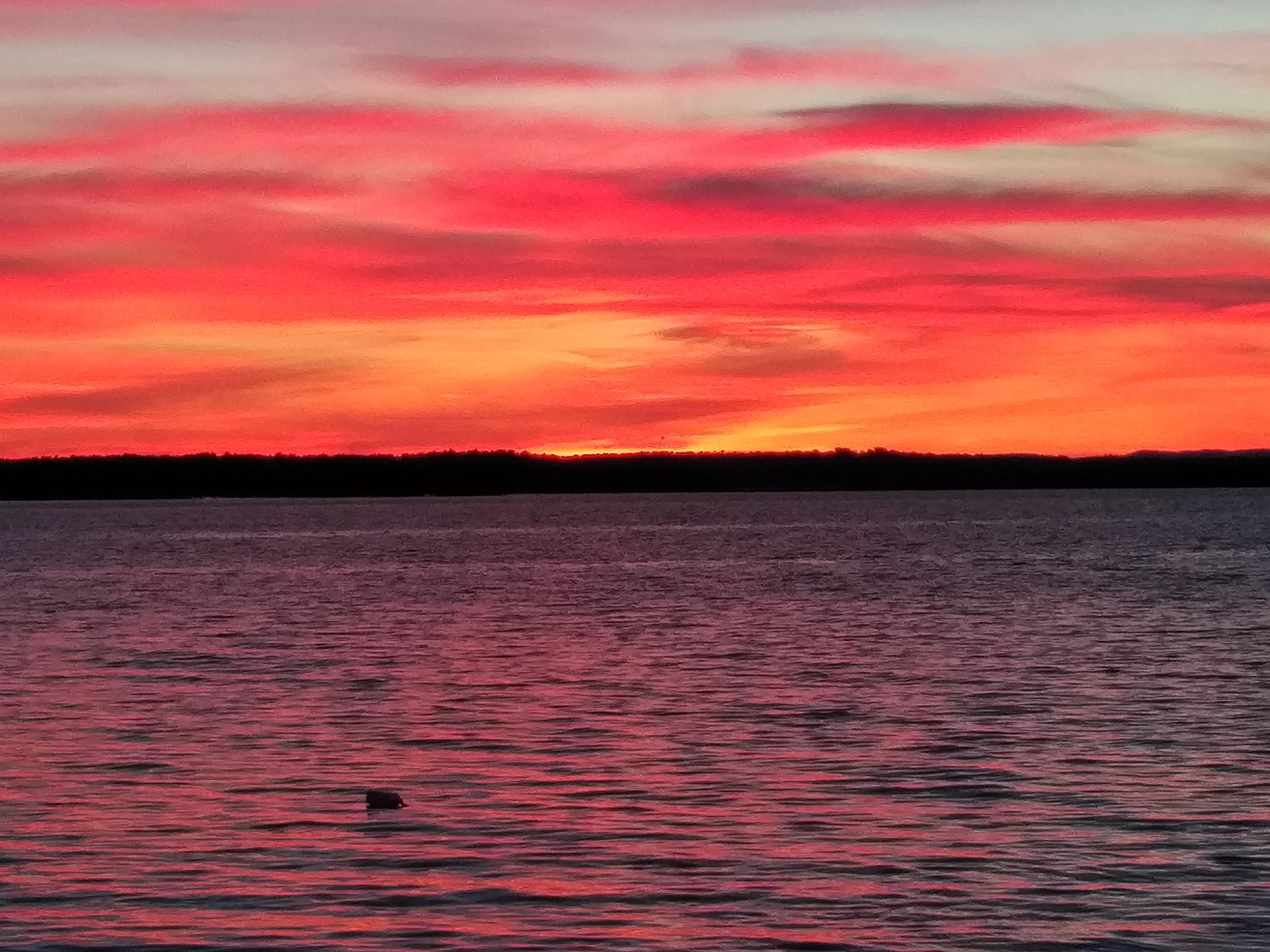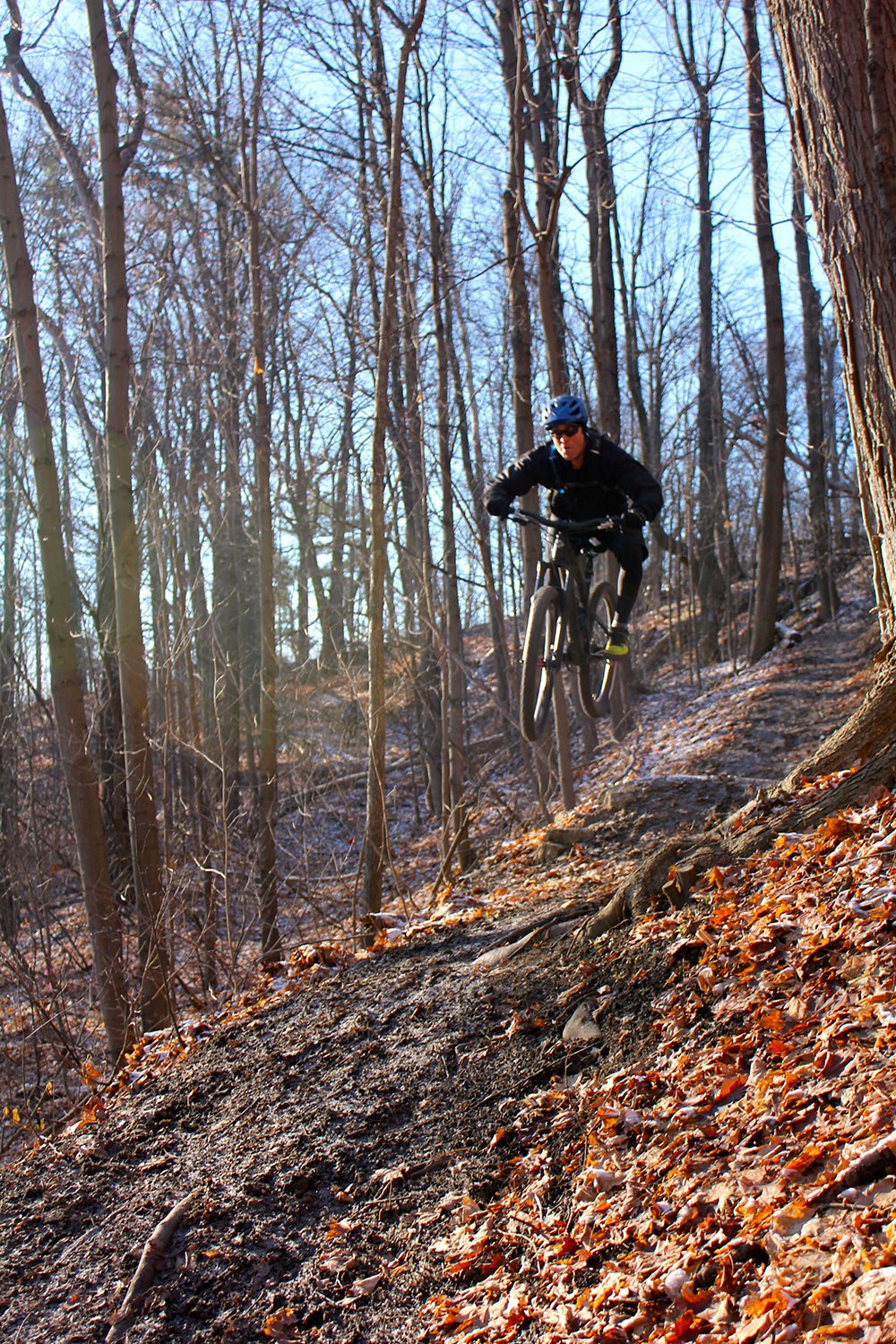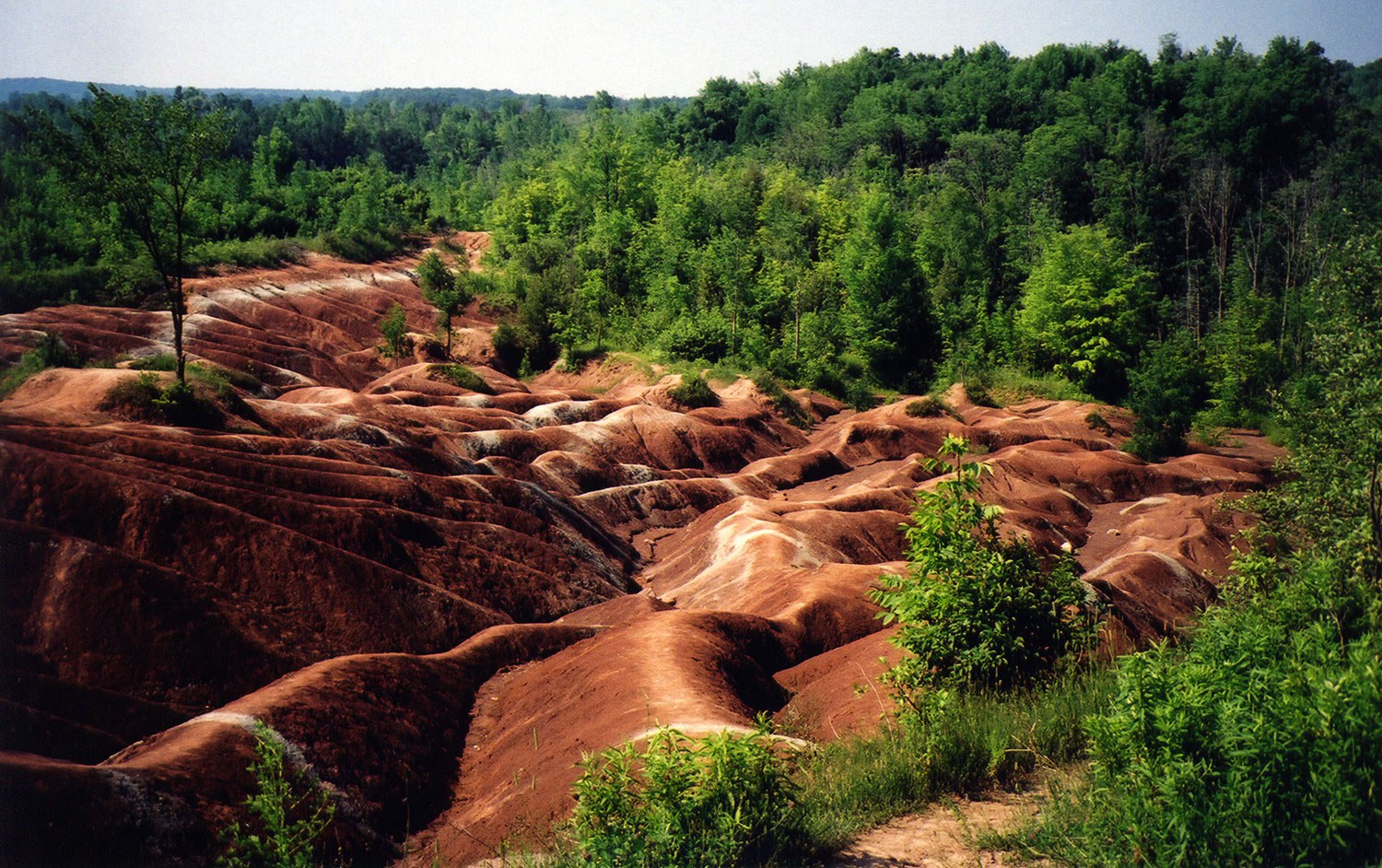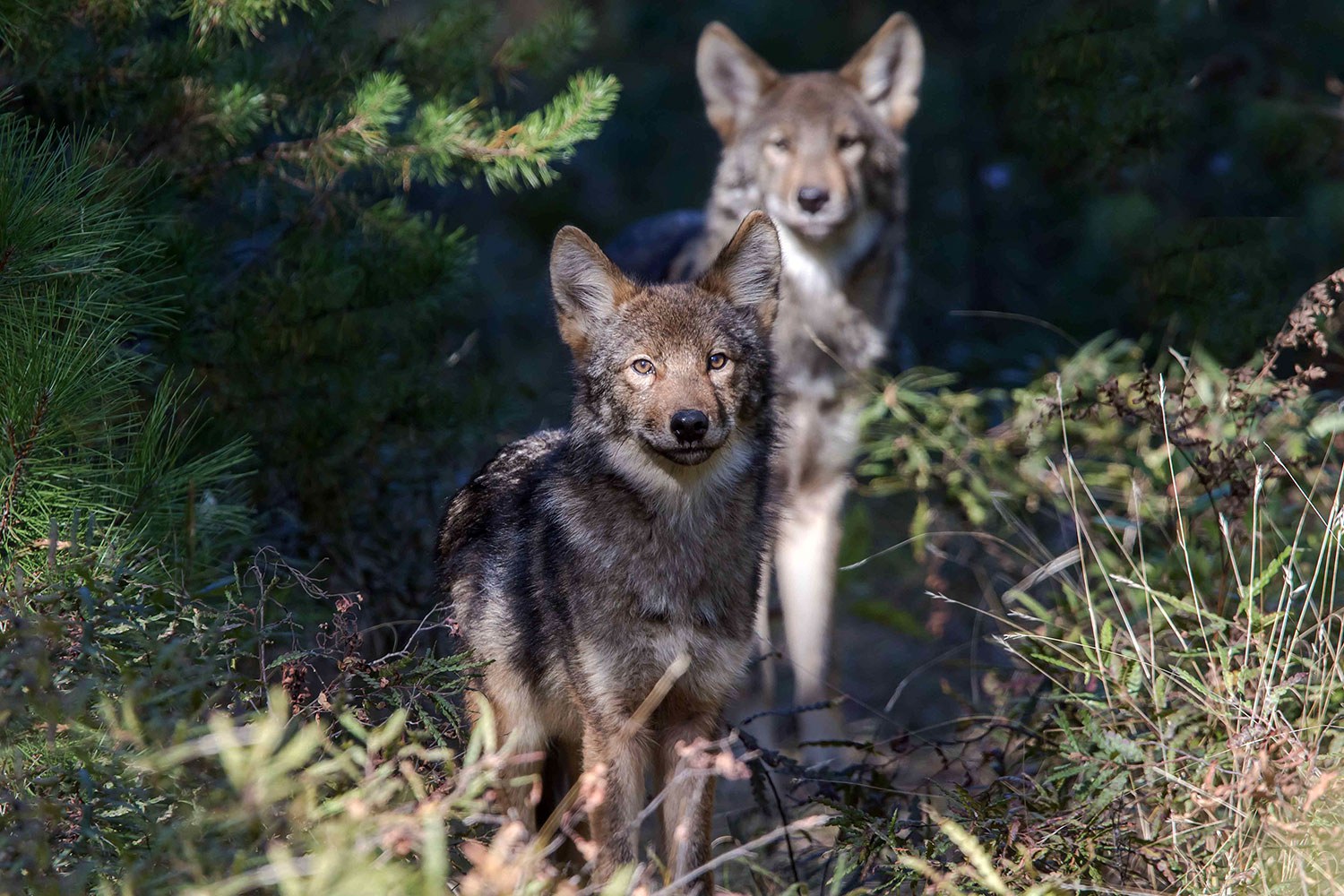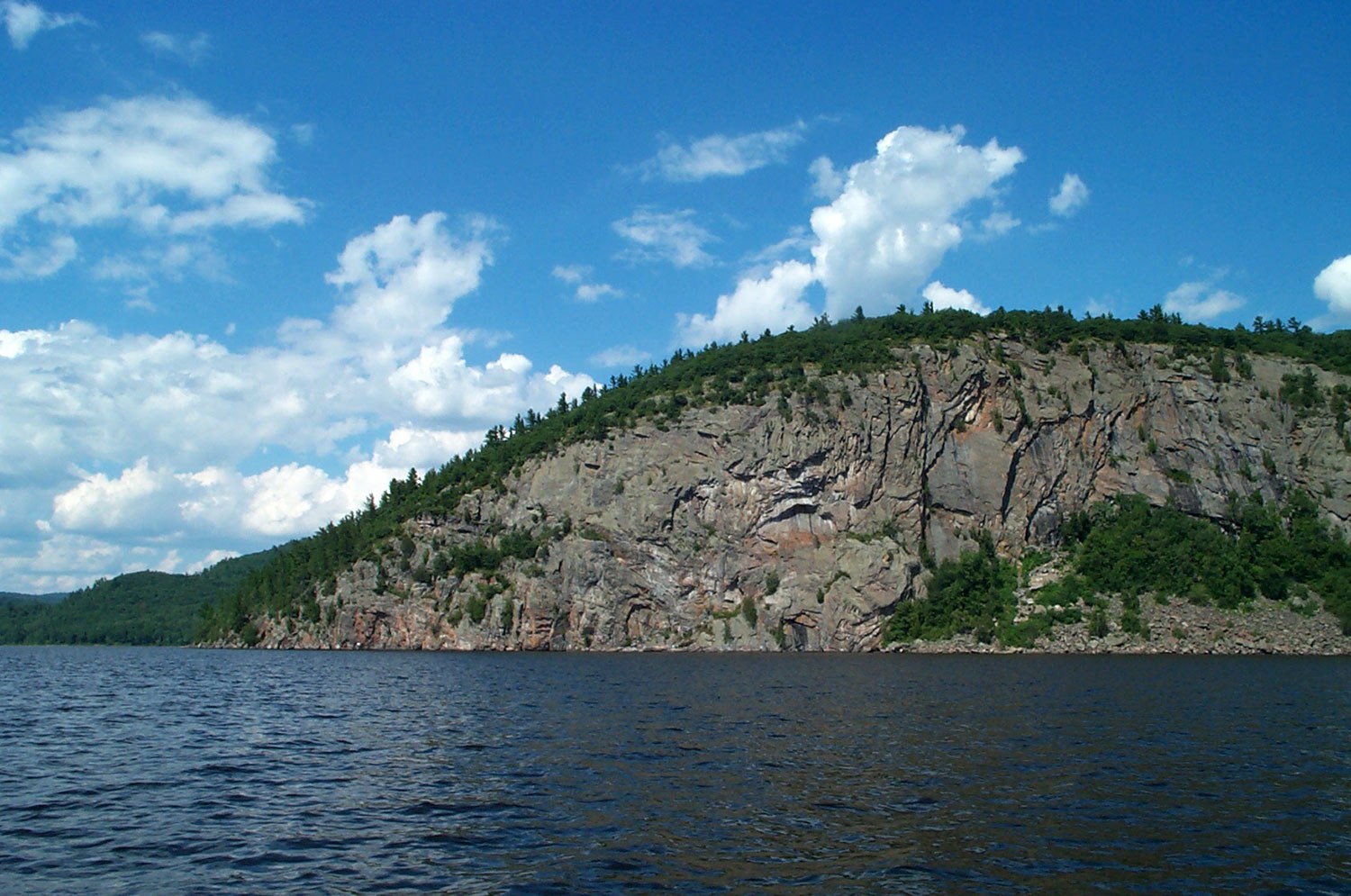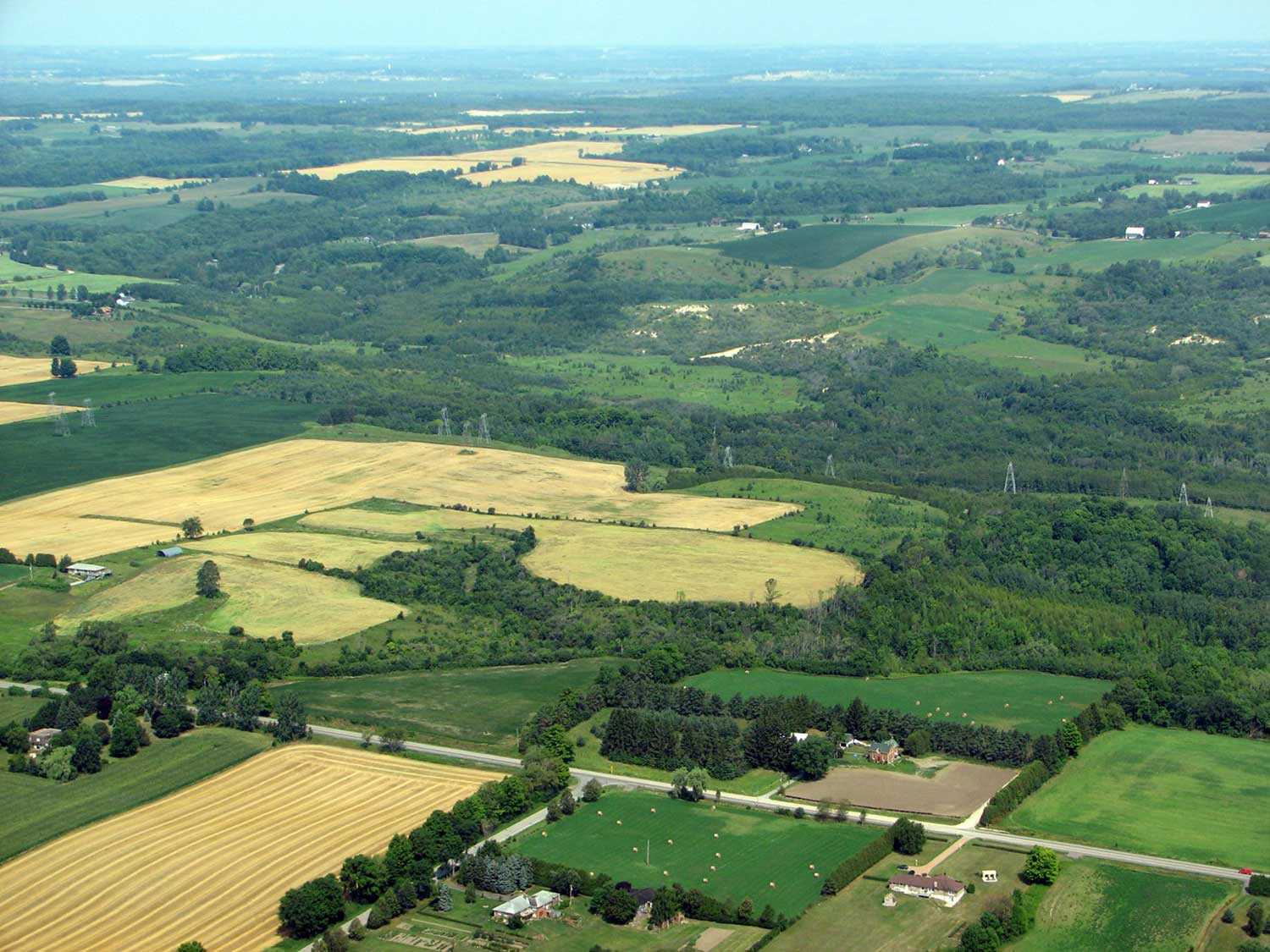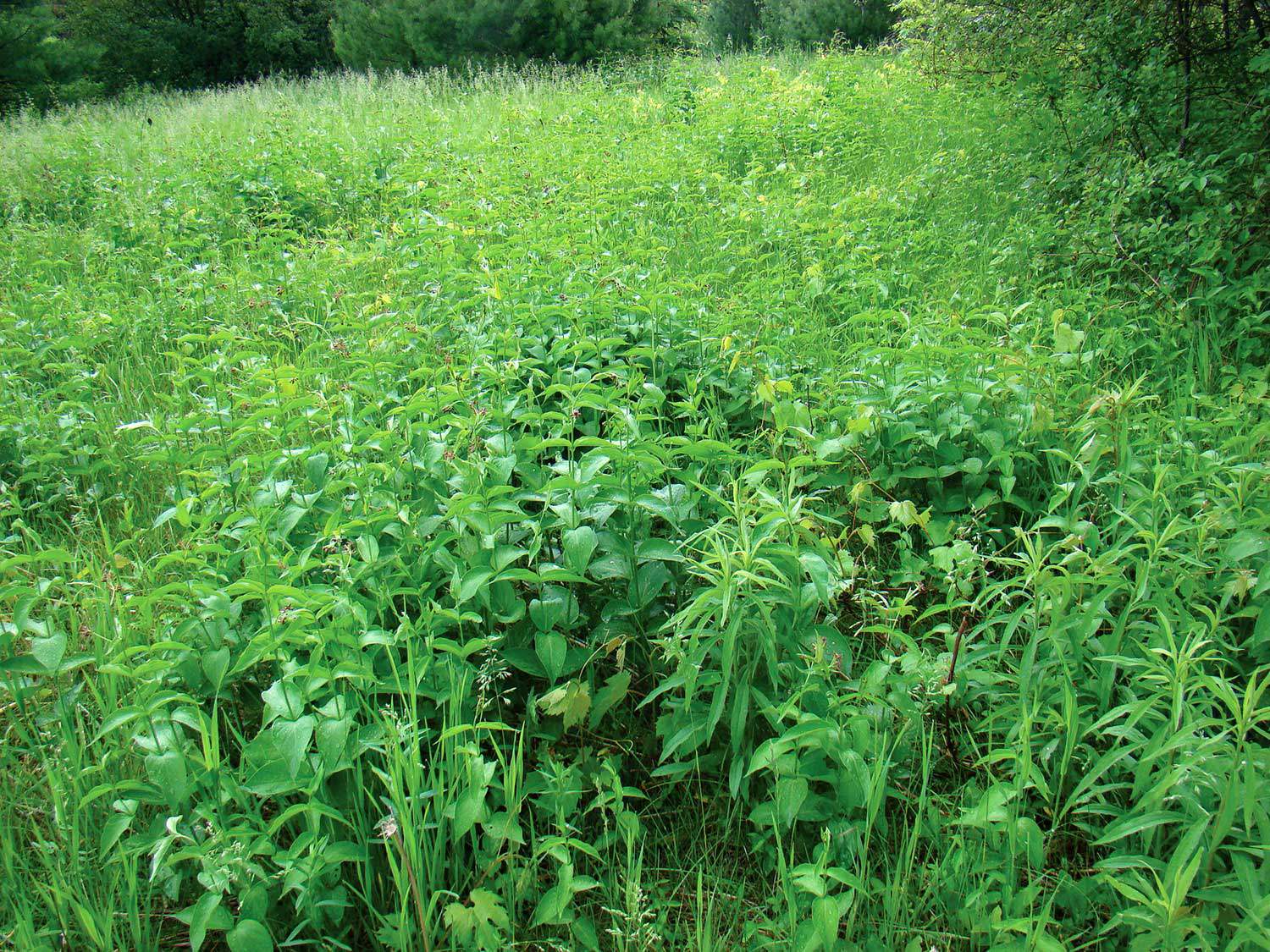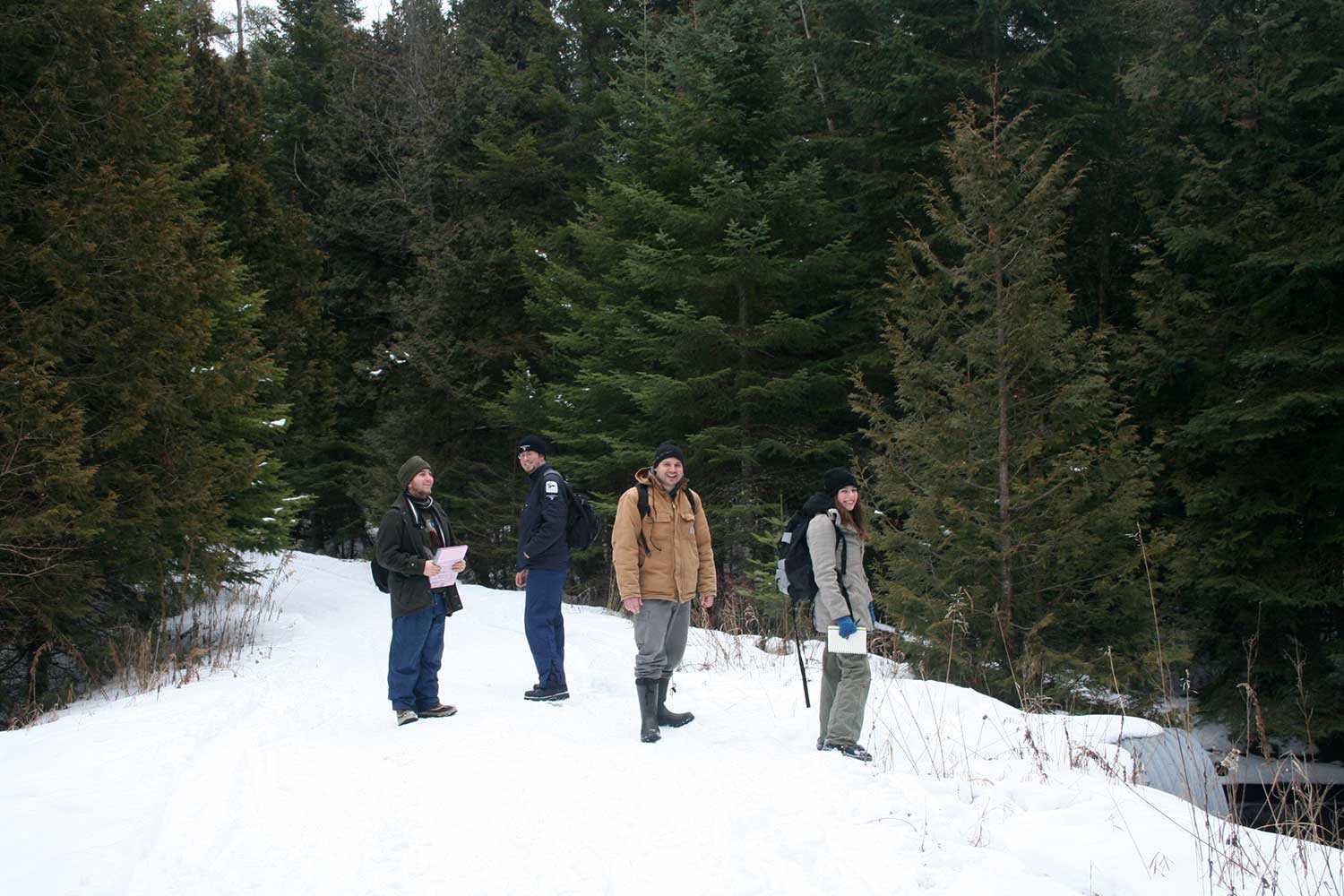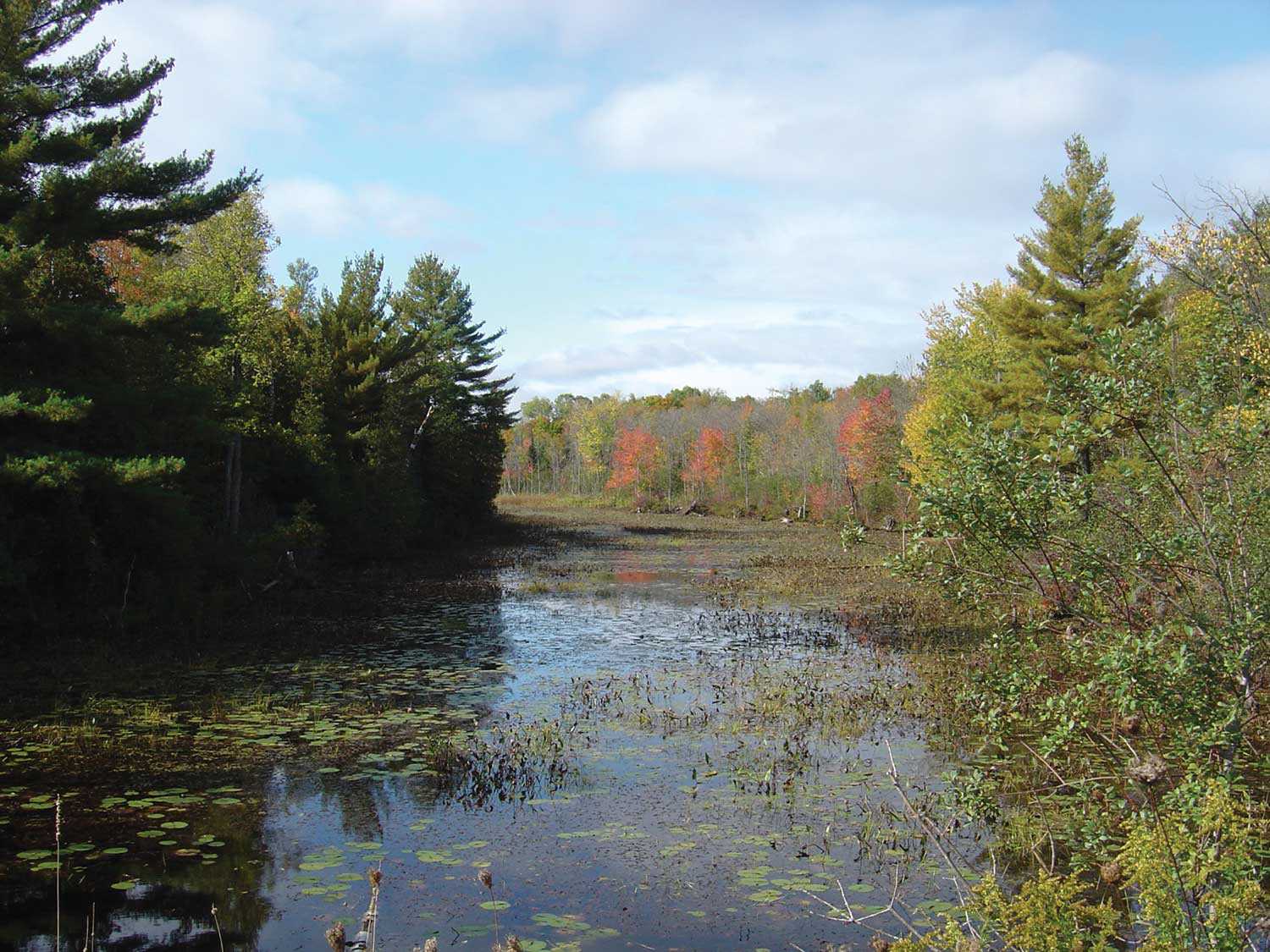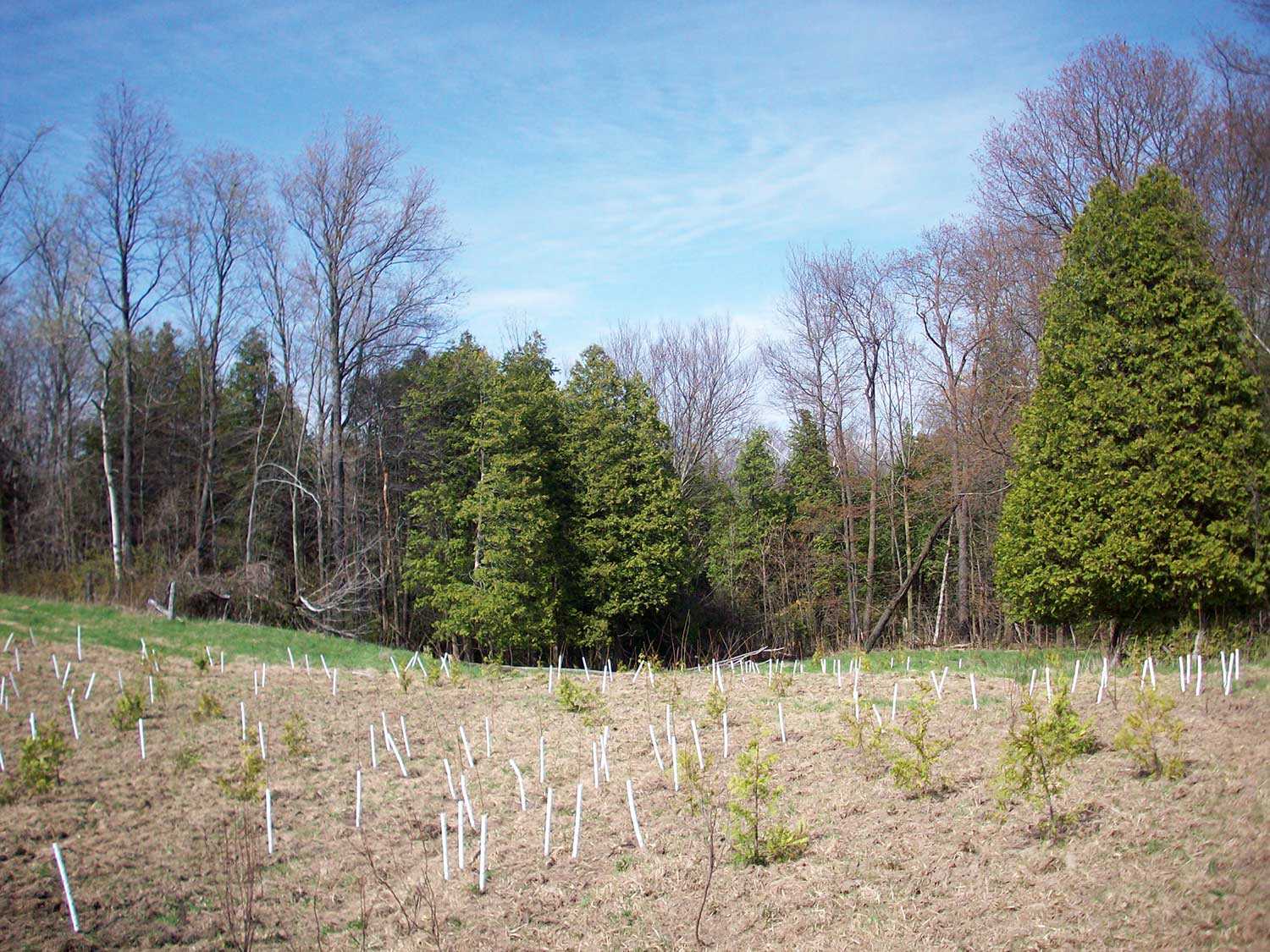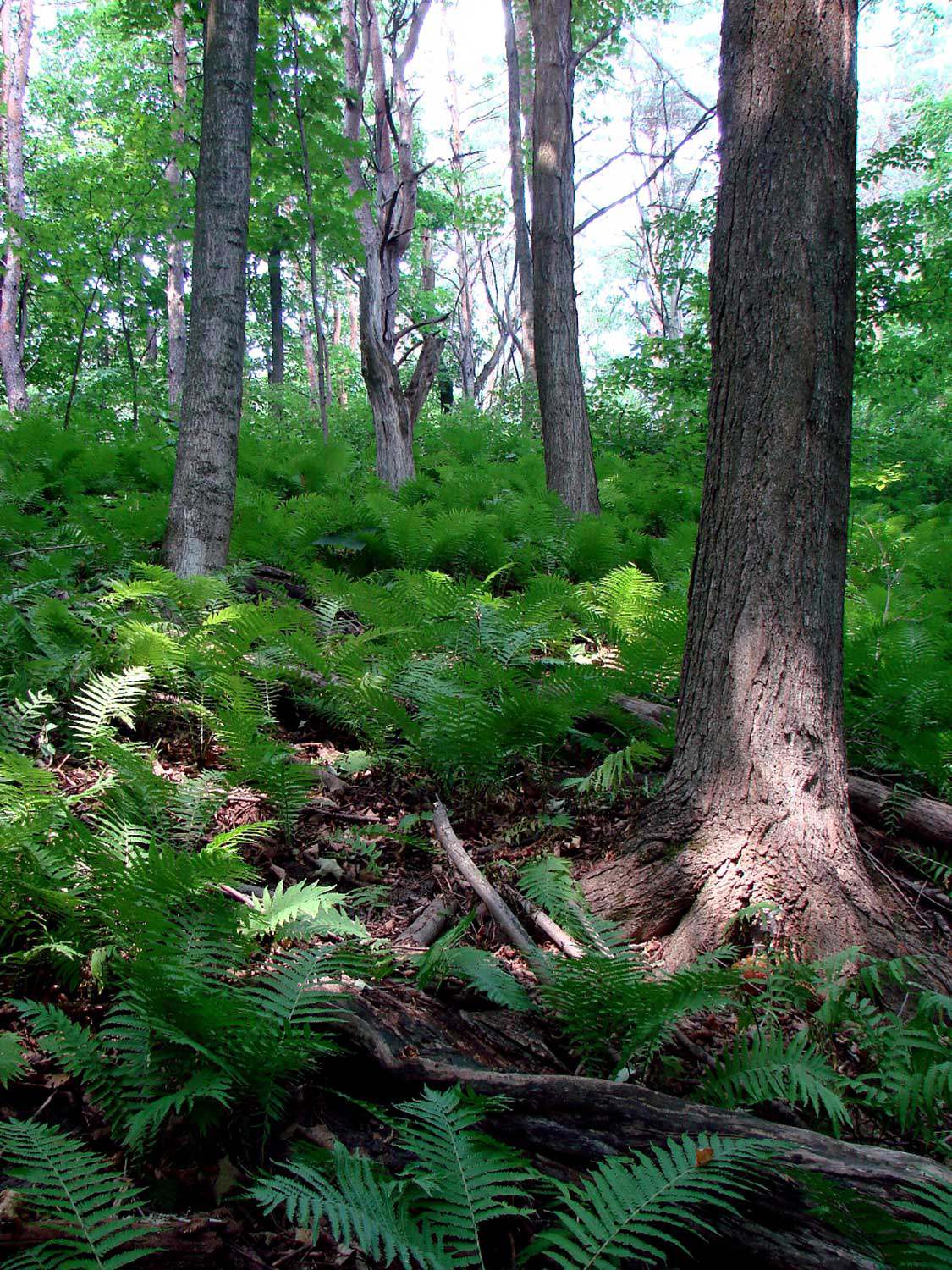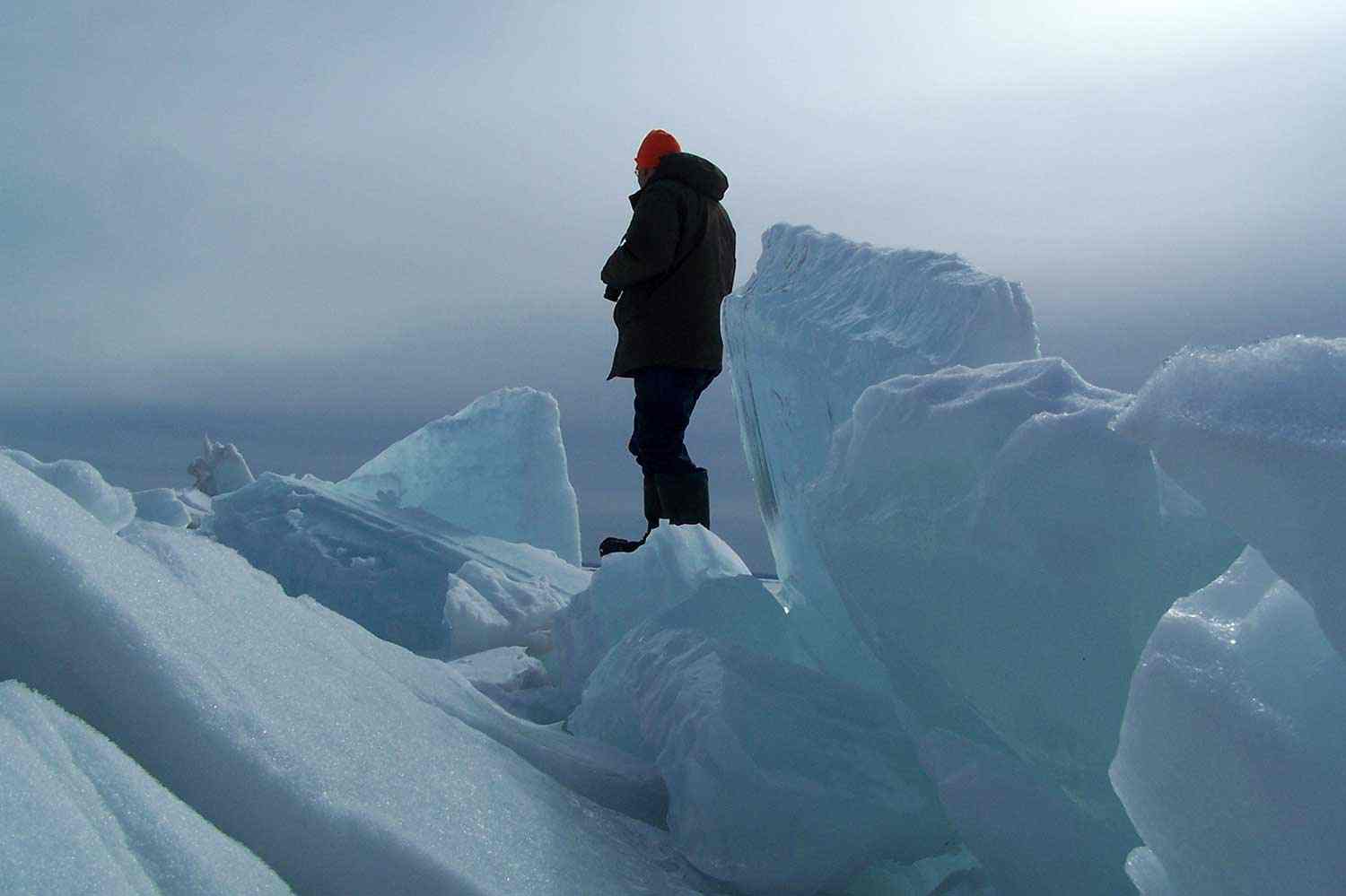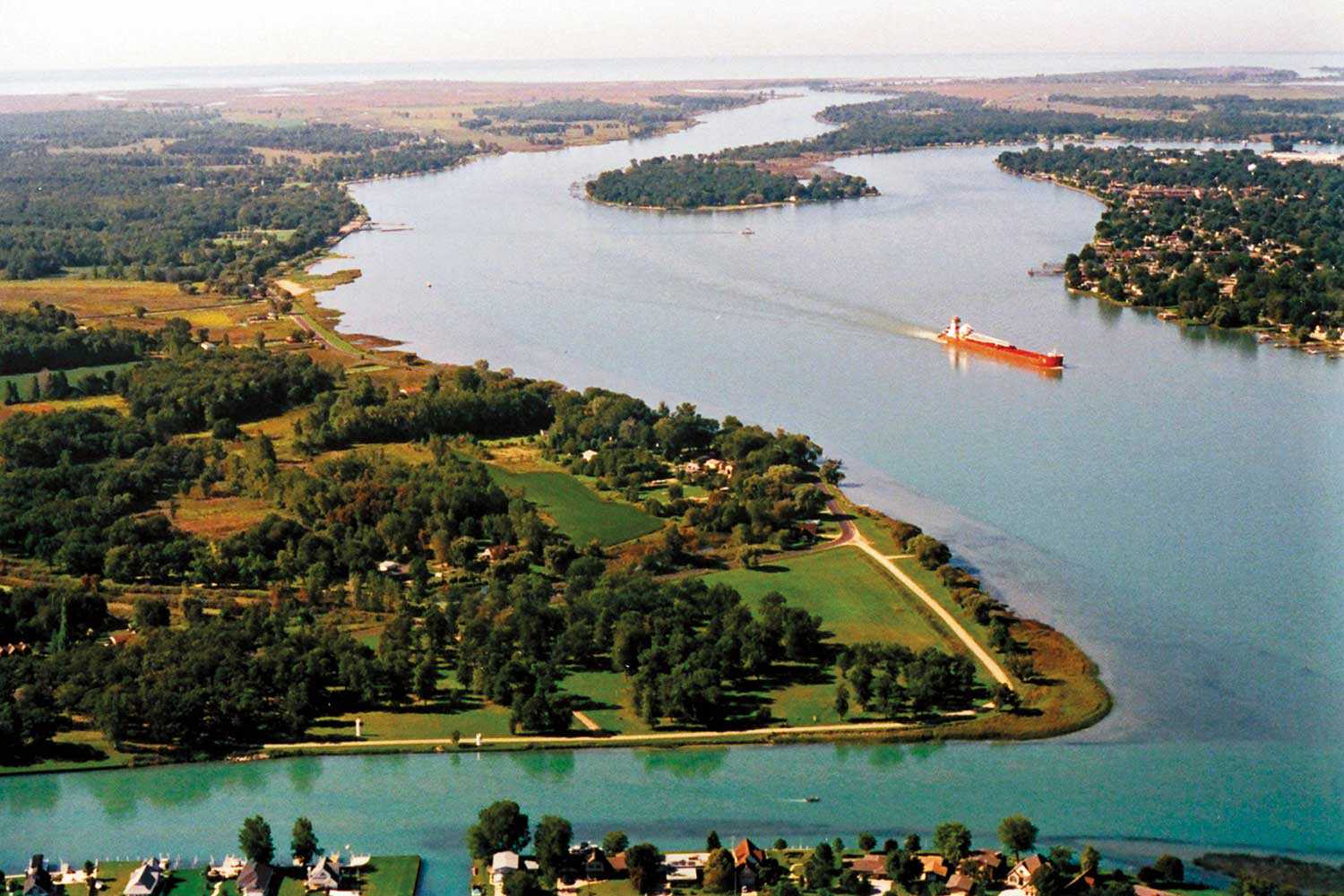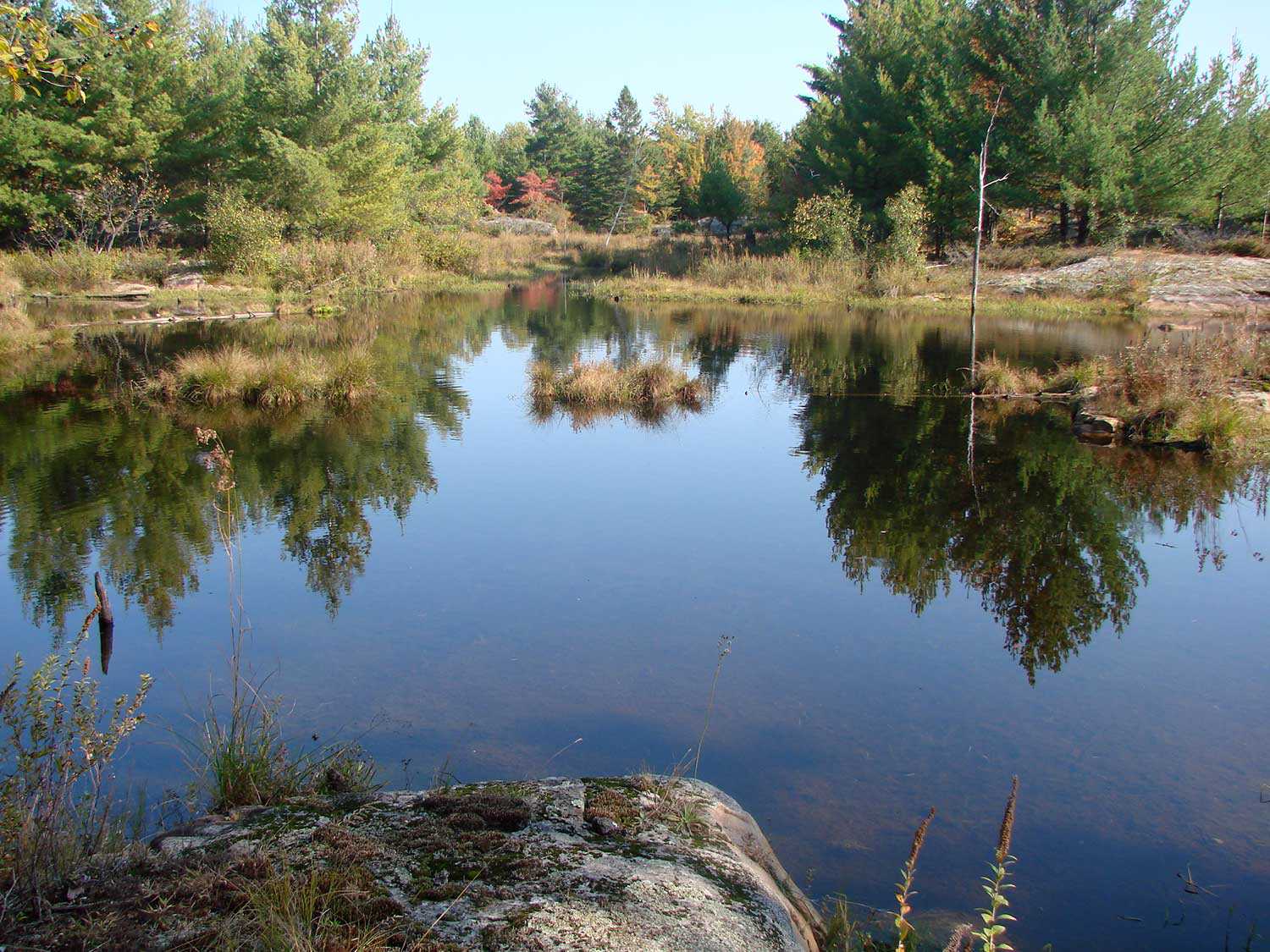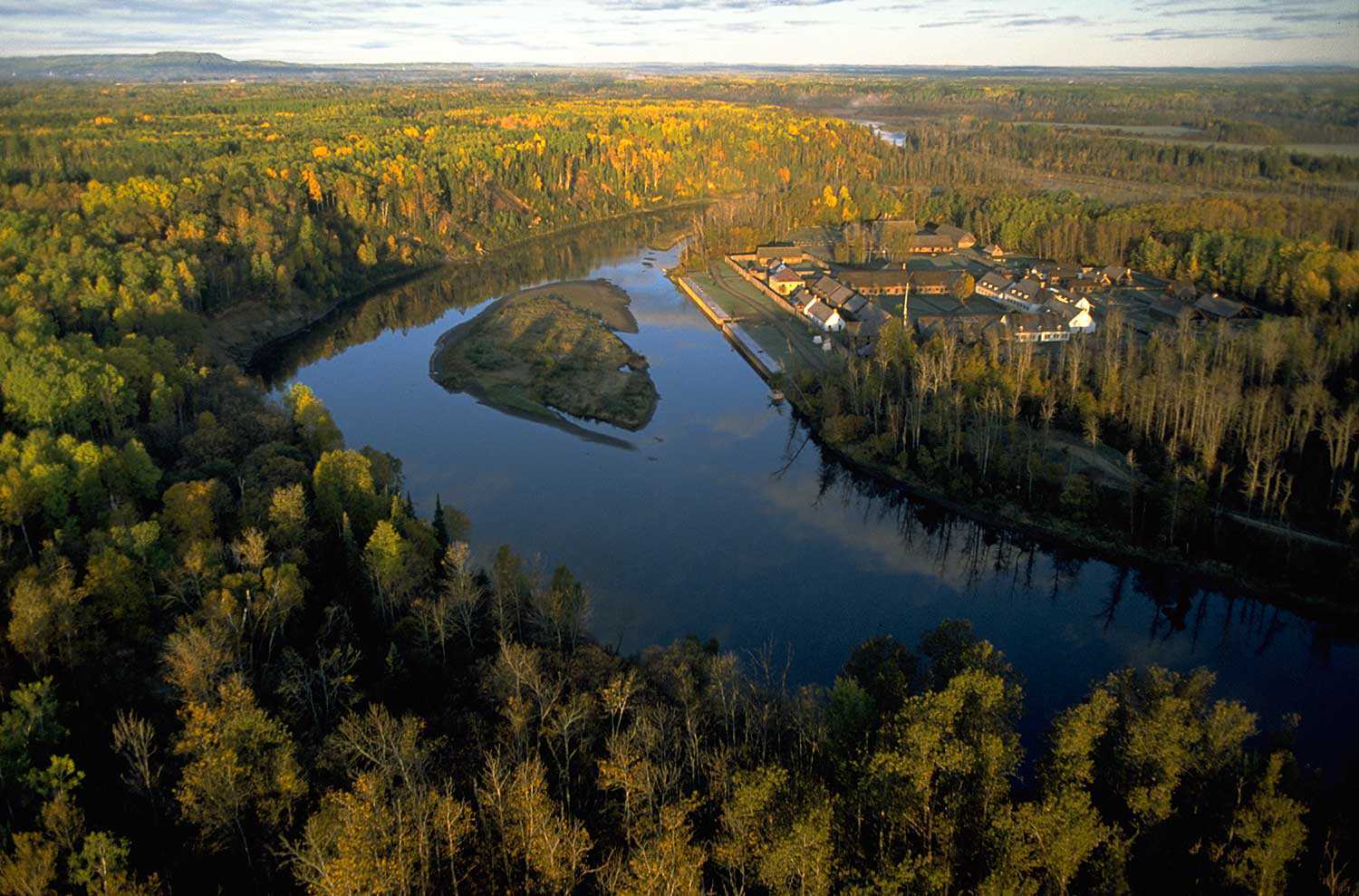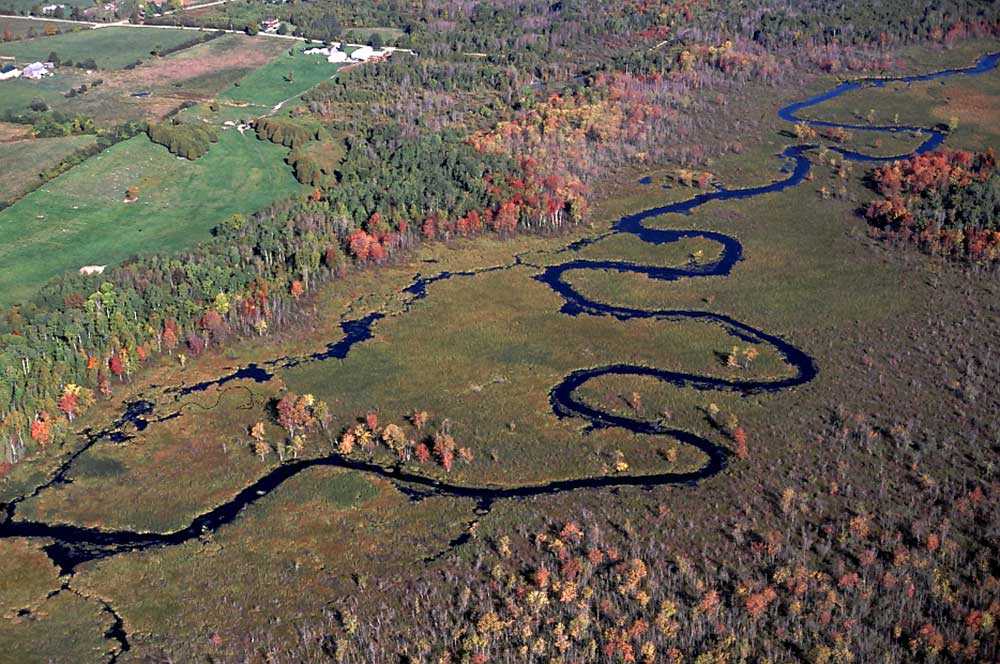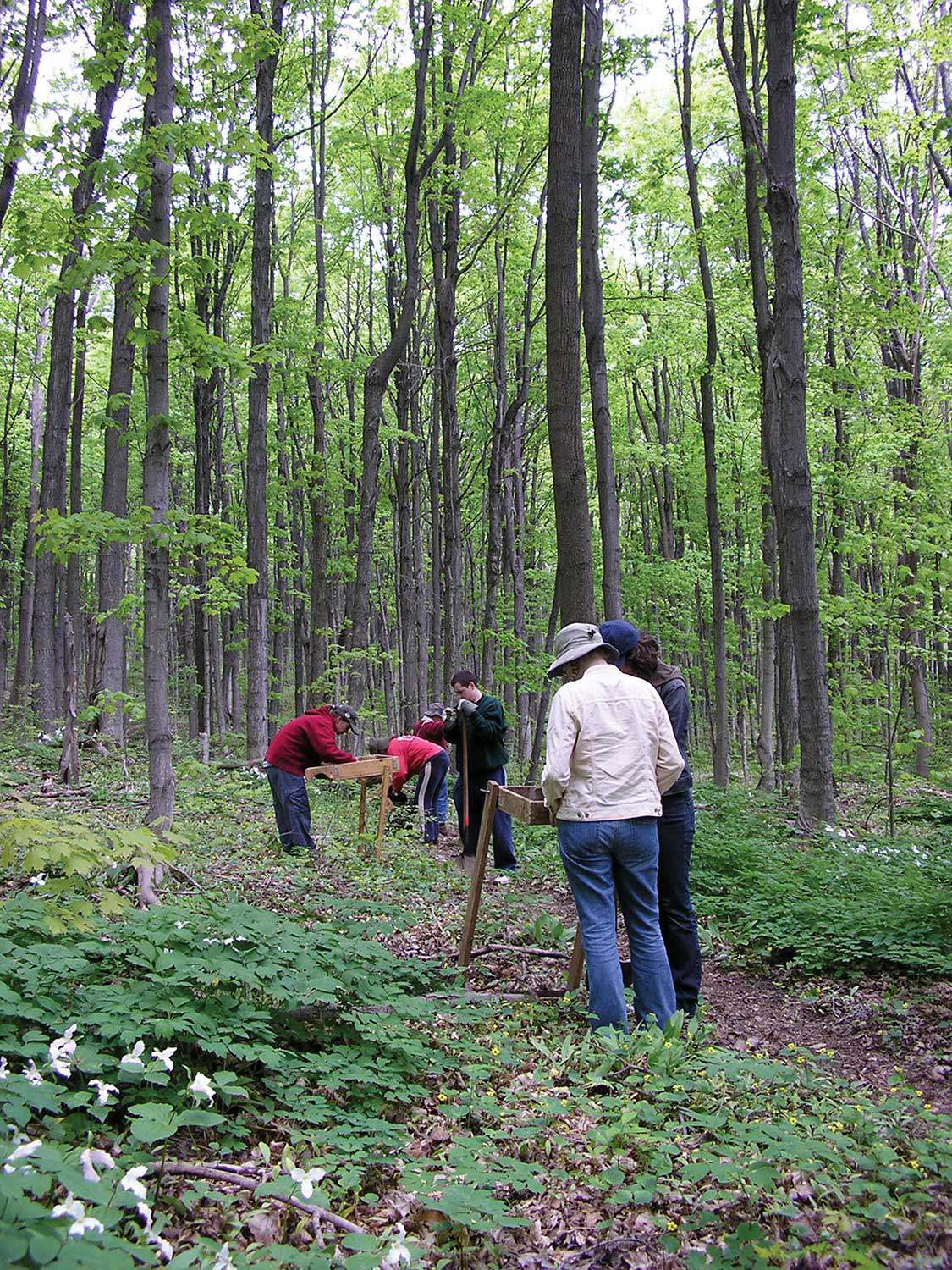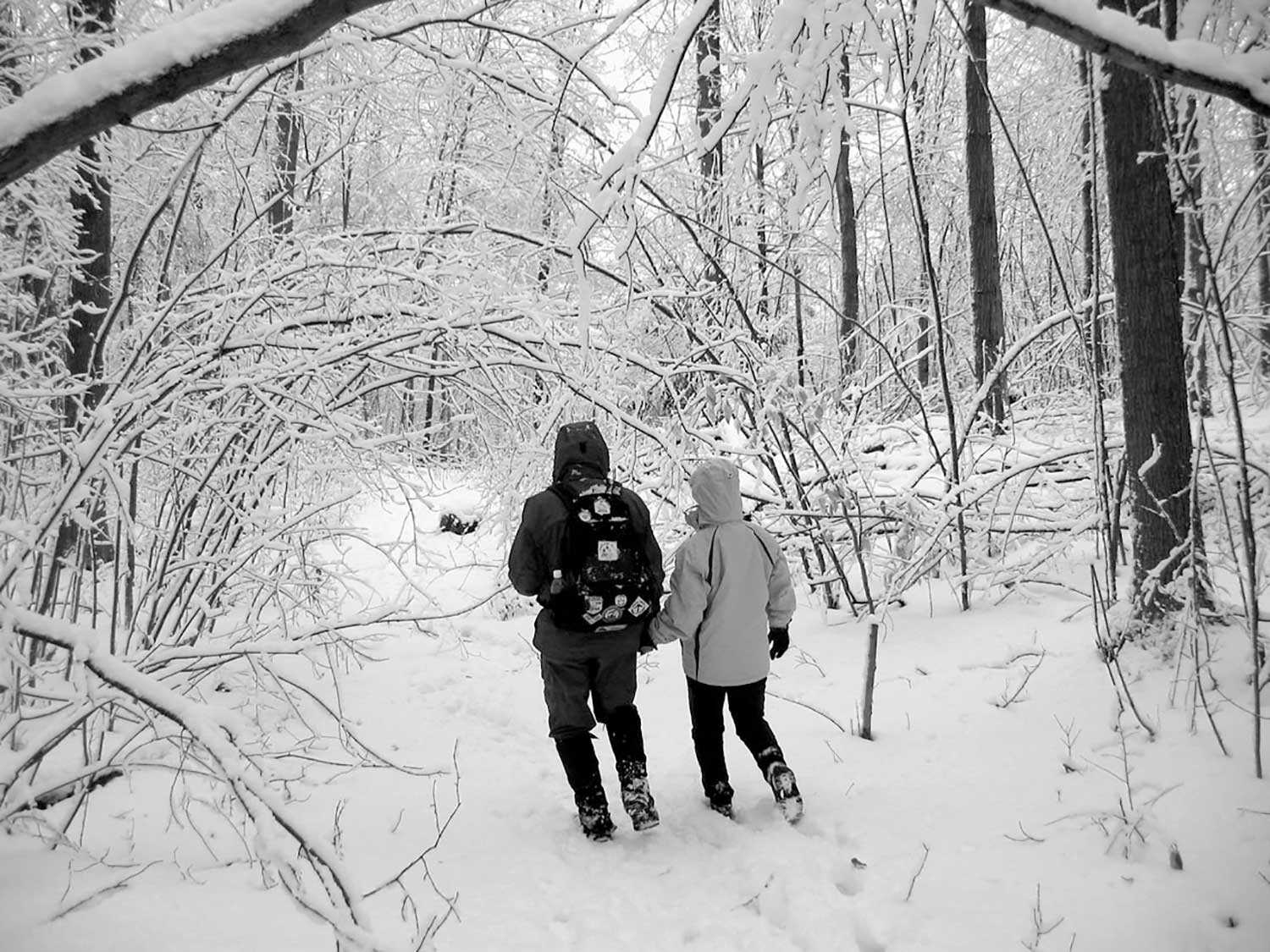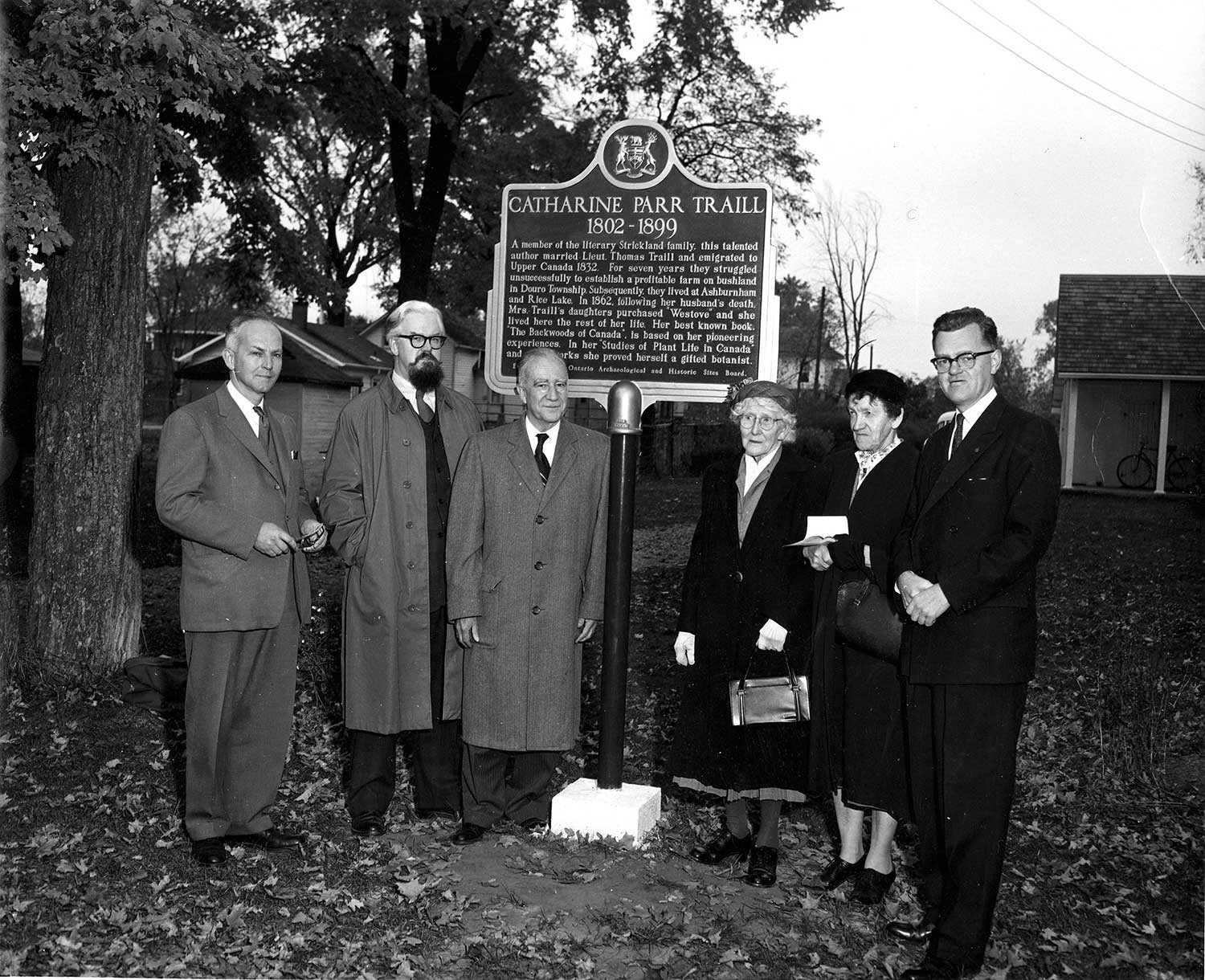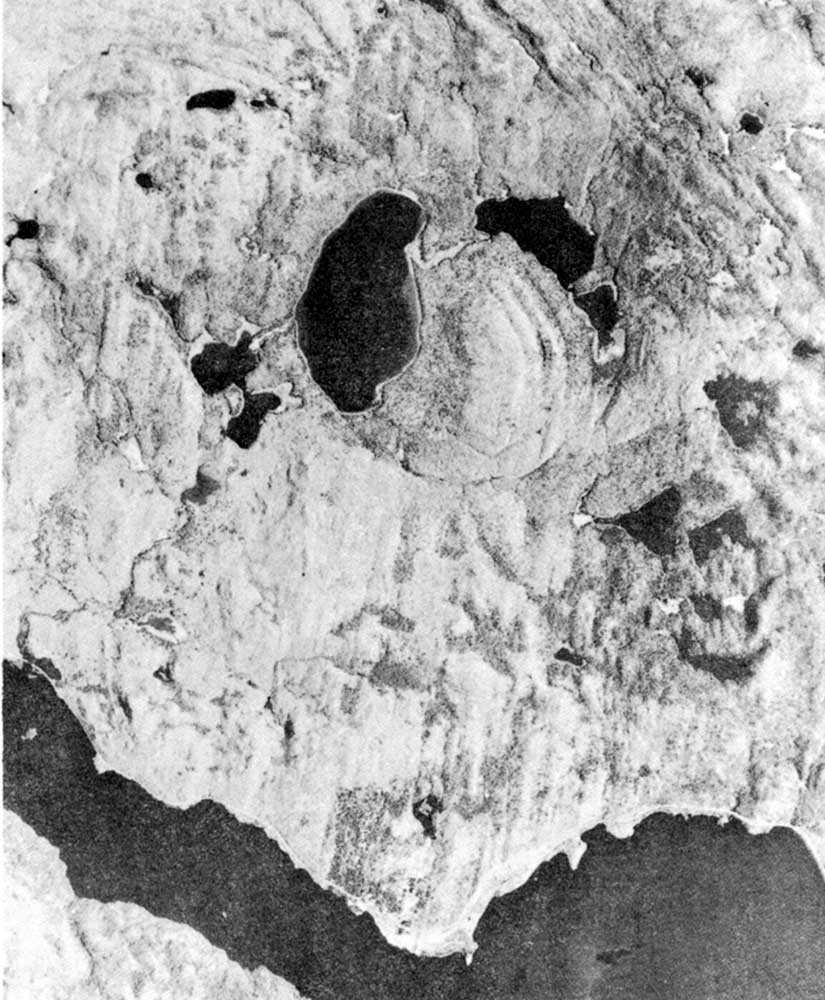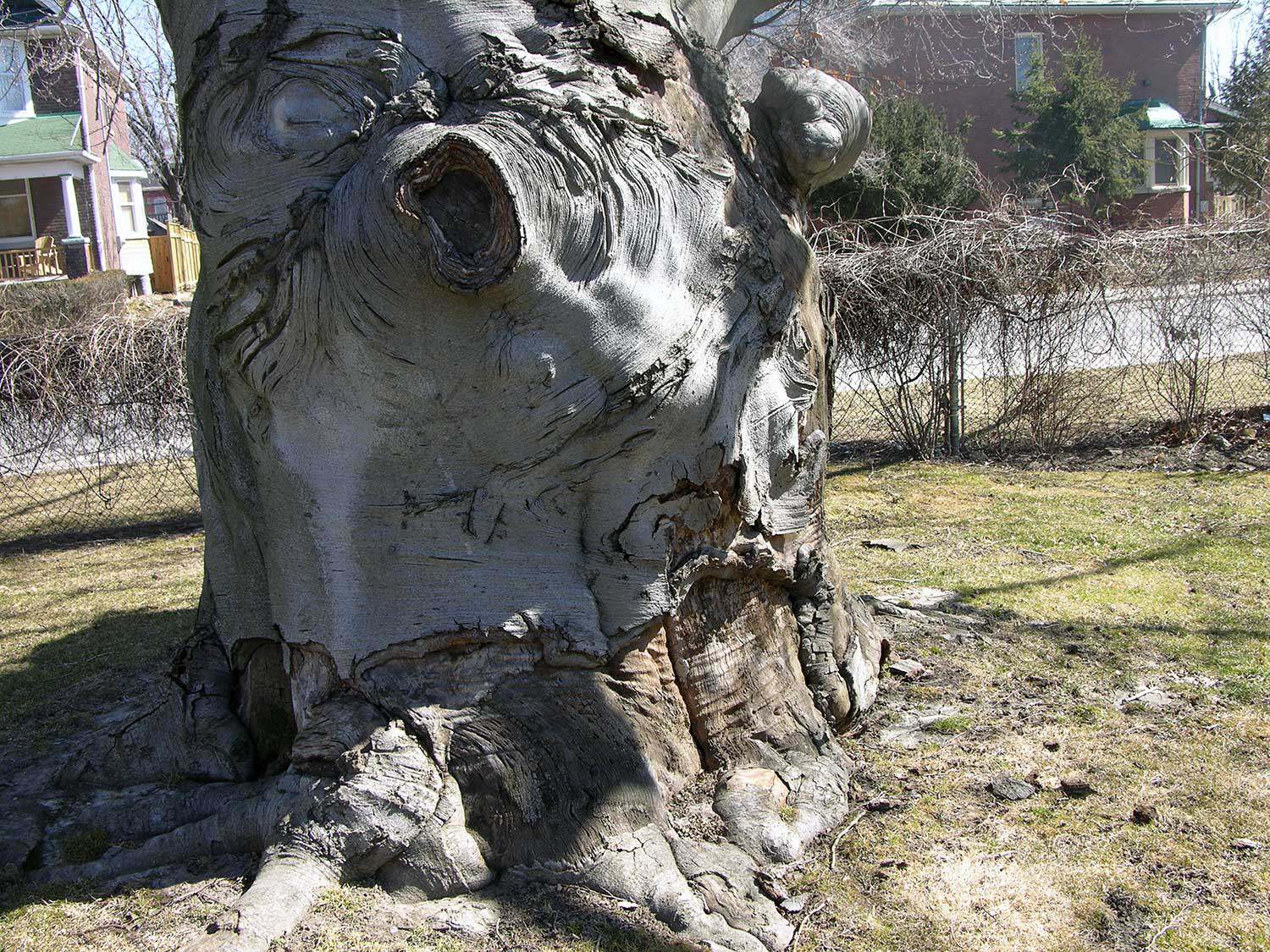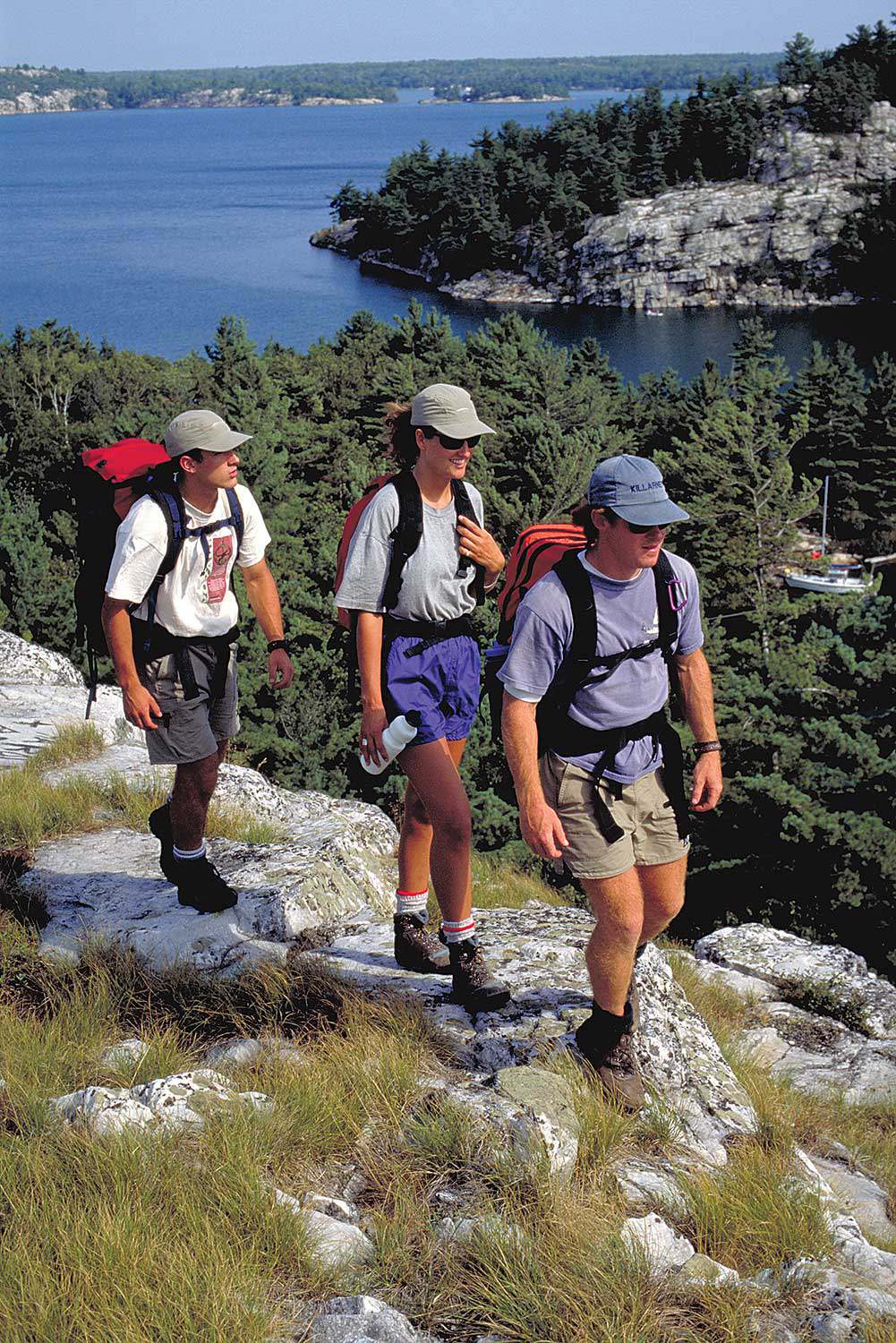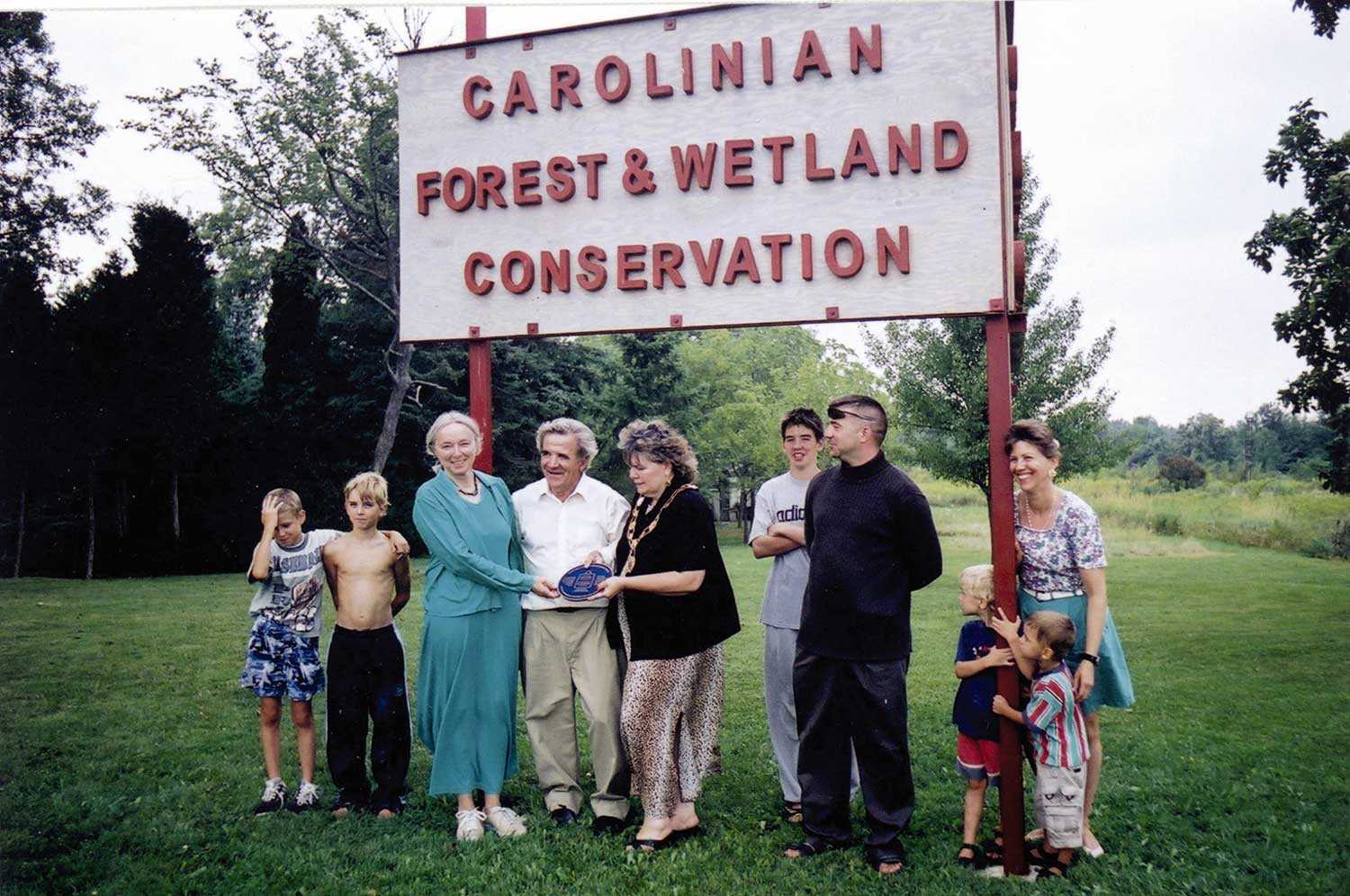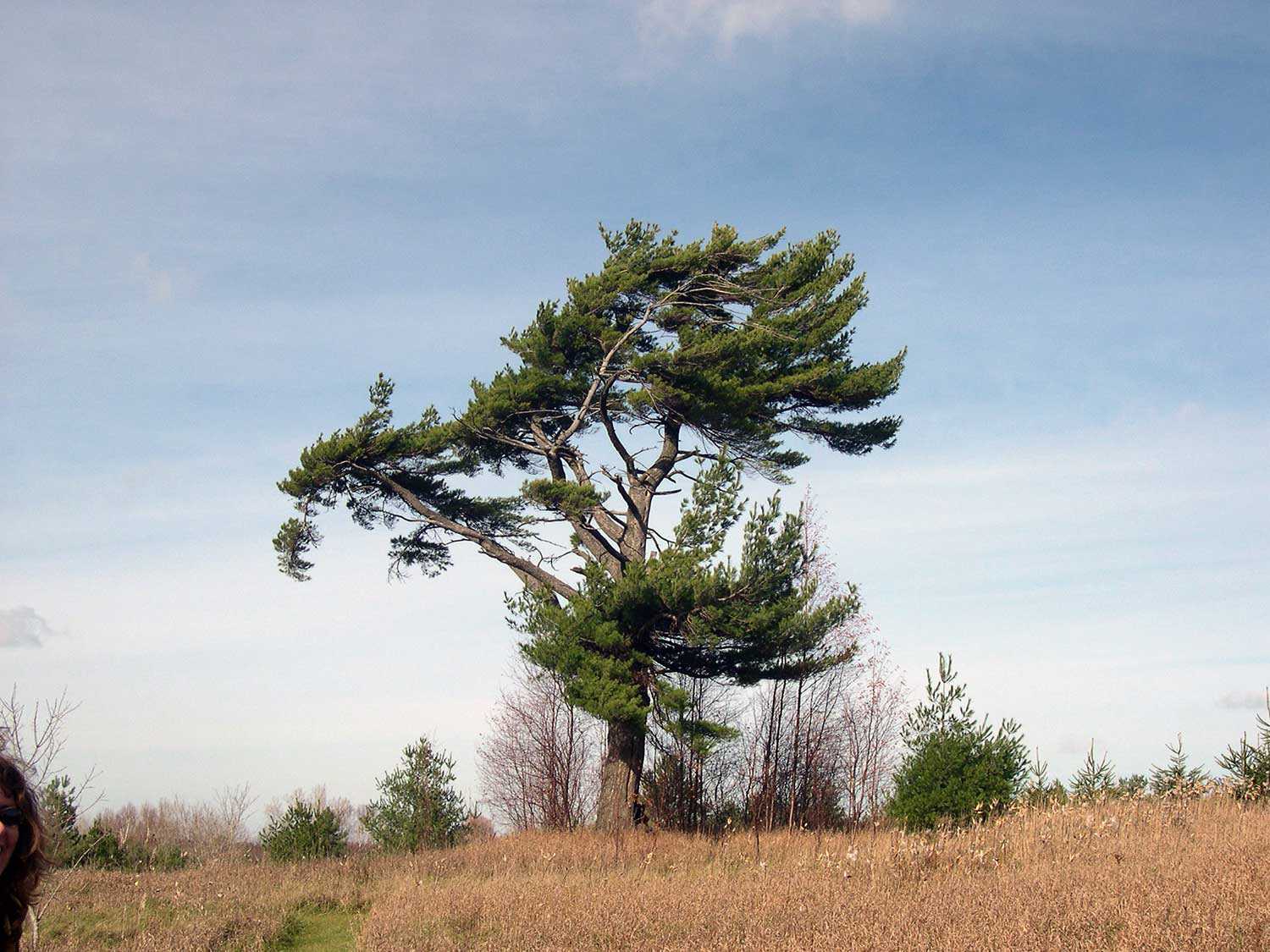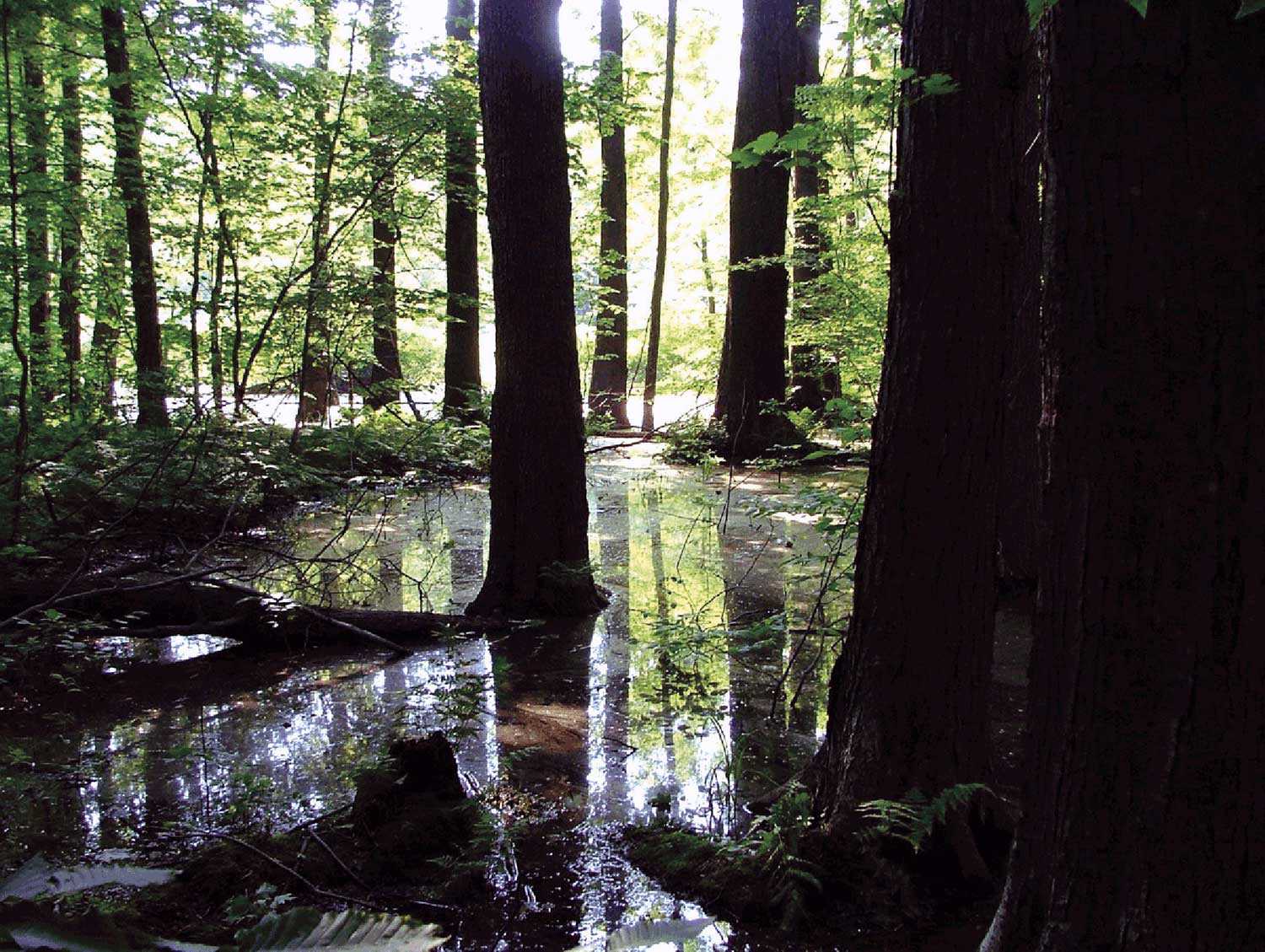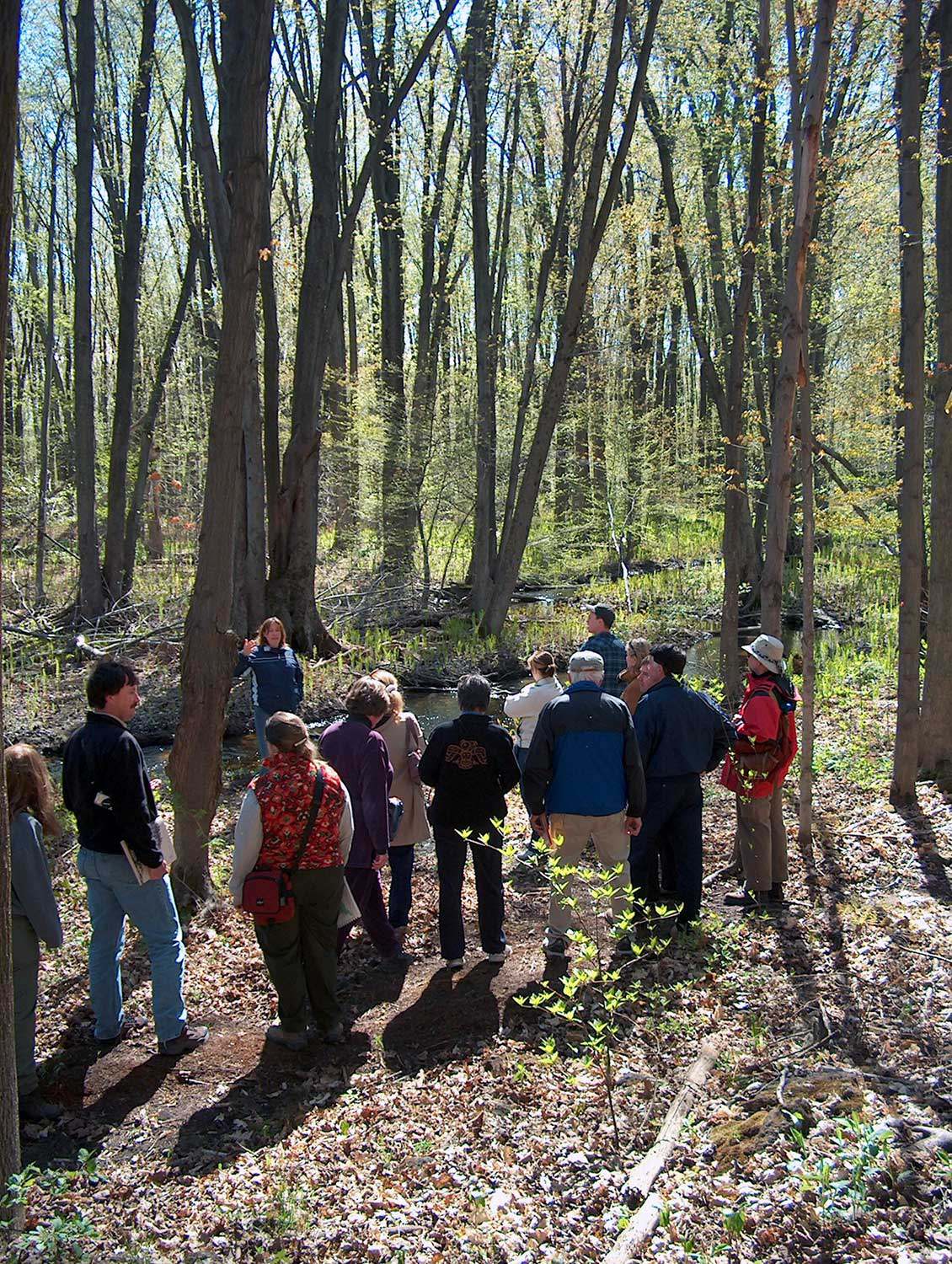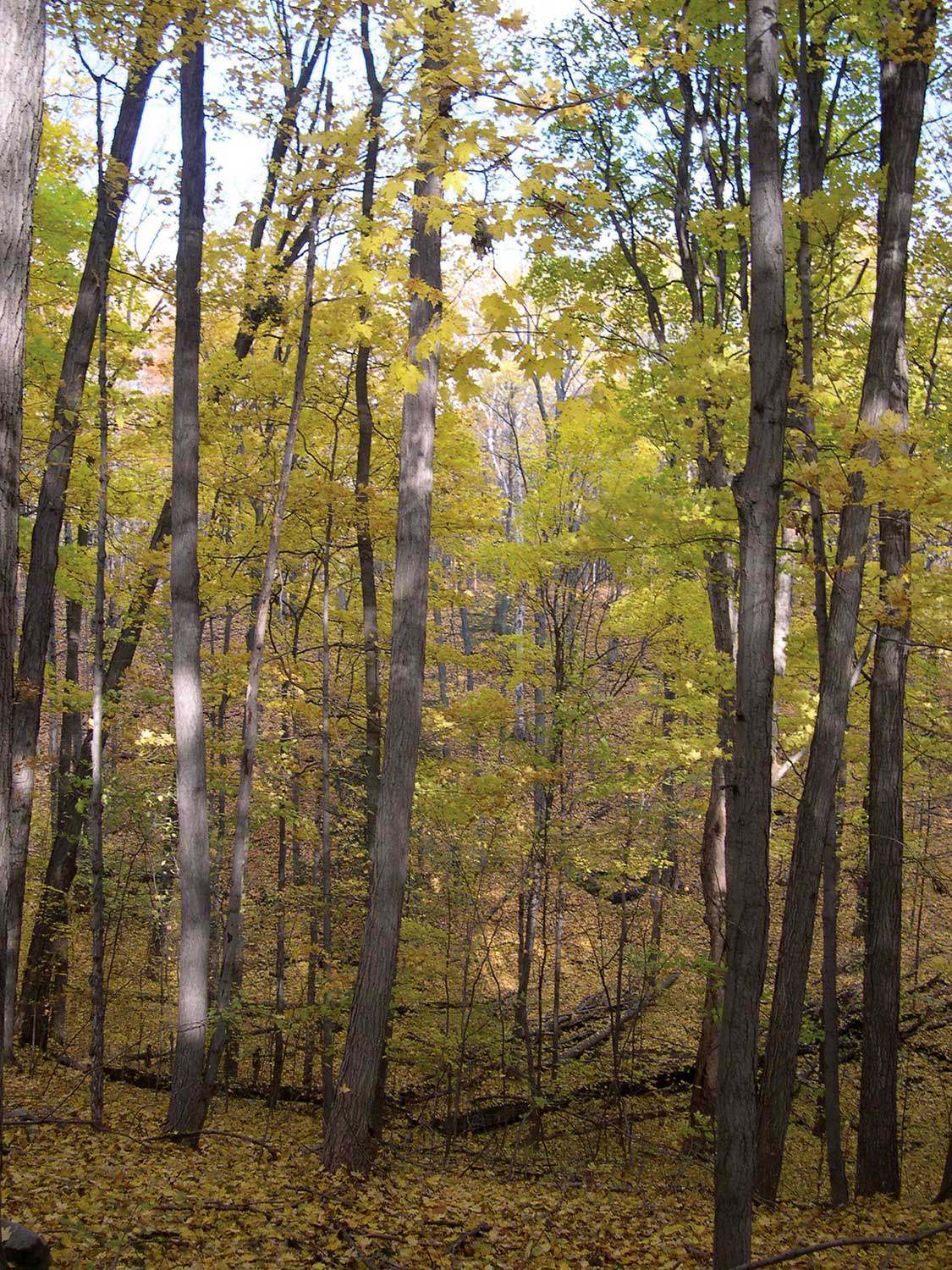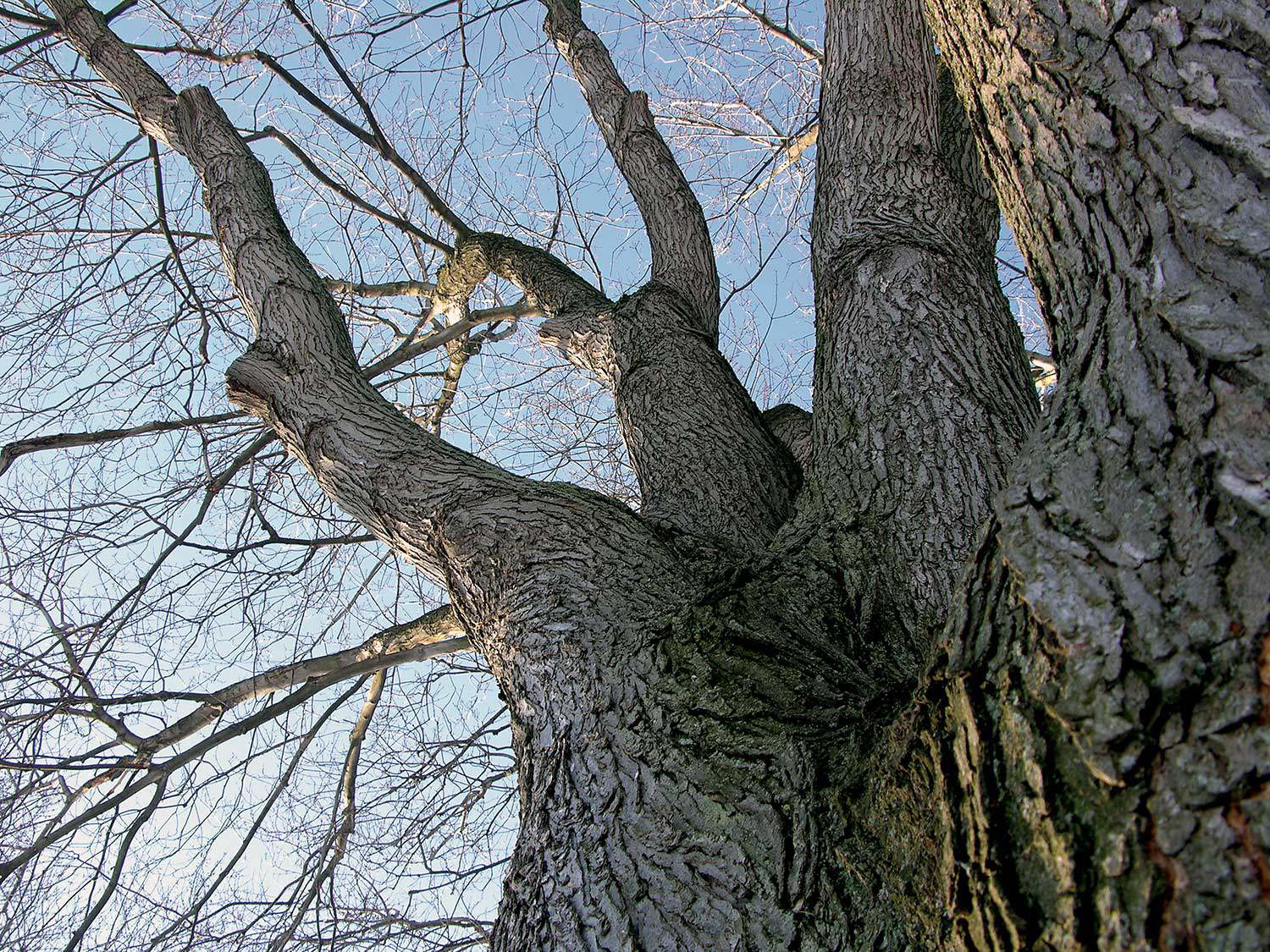

Browse by category
- Adaptive reuse
- Archaeology
- Arts and creativity
- Black heritage
- Buildings and architecture
- Communication
- Community
- Cultural landscapes
- Cultural objects
- Design
- Economics of heritage
- Environment
- Expanding the narrative
- Food
- Francophone heritage
- Indigenous heritage
- Intangible heritage
- Medical heritage
- Military heritage
- MyOntario
- Natural heritage
- Sport heritage
- Tools for conservation
- Women's heritage
Visiting the Cheltenham Badlands
Nestled on the Niagara Escarpment amid the rolling countryside of the Caledon Hills lies a unique landscape locally known as the Cheltenham Badlands.
The site is a mysterious natural treasure that lures many visitors. An hour outside Toronto, motorists who venture along Olde Baseline Road just north of the village of Cheltenham may be startled by the stunning red hillocks and gullies that emerge suddenly from the surrounding forest. Bewildered by these strange mounds, most passersby can’t help but investigate this unique earth formation further.
A visit to the badlands offers a journey into the ancient creation story of the Great Lakes region. Approximately 430 million years ago, the area lay at the edge of a warm sea. In time, retreating glaciers filled the seabed with red sediment that was eventually compressed into Queenston shale – one of the many layers of rock that formed the Niagara Escarpment. Normally hidden, Ordovician shale underlies much of south-central Ontario. However, near the base of the Escarpment the Queenston shale rests just below the surface. (The majority of Queenston shale is red due to the presence of iron oxide.)
Despite the evolutionary processes that led to the formation of Queenston shale, the events that make this feature visible today are a result of fairly recent human activity. The badlands probably began to form in the early 1900s when the forest was cut down to create arable land and pastures. Once this protective layer of vegetation was removed, the shale was left vulnerable to erosion. In less than 100 years, the elements have sculpted the earth into this fantastic hillocky landscape.
Canada’s famous Badlands are located in Alberta. It’s a curious discovery to learn that here in Ontario, we have our own miniature badland. Although other badlands exist in Ontario, the Cheltenham Badlands remain the best example in southern Ontario. As a result, the area has received designation as a rare Earth Science ANSI (Area of Natural and Scientific Interest) from the Ministry of Natural Resources.
With thousands of visitors annually, the badlands have received considerable public interest. Unfortunately, litter and campfires are an increasing threat to the integrity of this special place. Human-induced erosion caused by trampling damages the soft clay hills while harming fish habitat as increasing amounts of sediment are washed into the nearby stream. Visitors can help reduce their impact by staying on designated trails and respecting signs that restrict horseback riding, bicycles and all-terrain vehicles. By observing the rule of “take nothing but photographs and leave nothing but footprints,” our enjoyment of this geological wonder will continue for generations.
In 1999, the badlands property was purchased by the Ministry of Natural Resources from the estate of Russell Cooper of Caledon. Securing two kilometres of the Bruce Trail Optimum Route, the site is managed by the Bruce Trail Association and the Caledon Countryside Alliance. Ownership of the property was transferred to the Ontario Heritage Foundation in 2002, to ensure its long-term protection as a unique natural heritage site.

